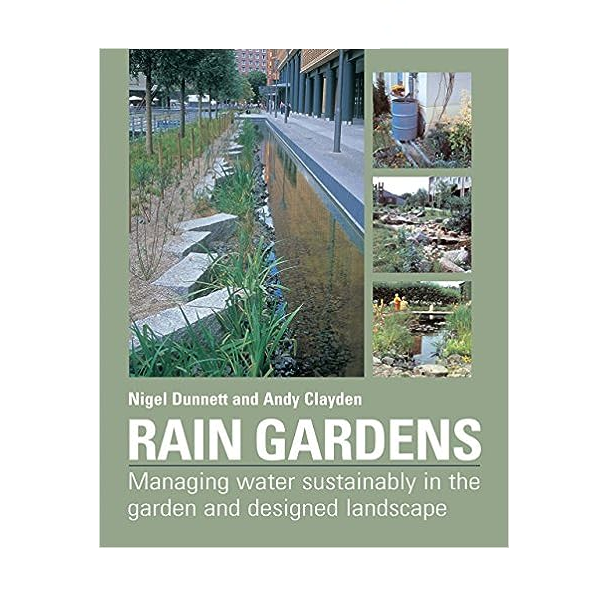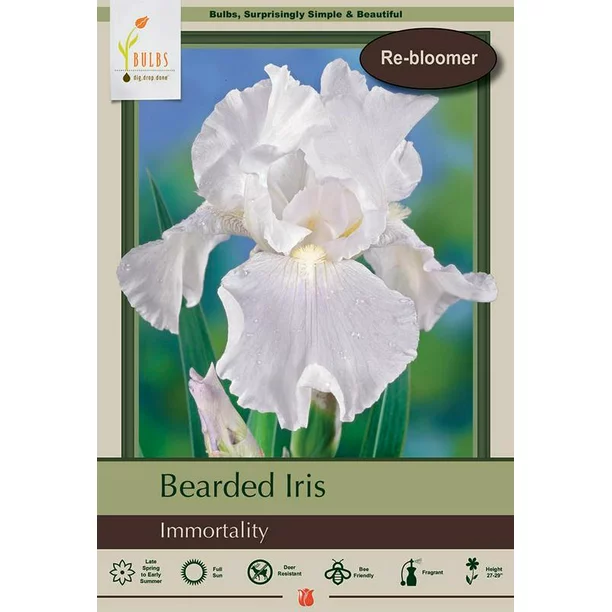"Rain gardens" are the genius landscaping trick that will stop your yard getting waterlogged – and they look good, too
This clever landscaping idea uses a depressed area to collect and filter rainwater runoff and feed it to your plants
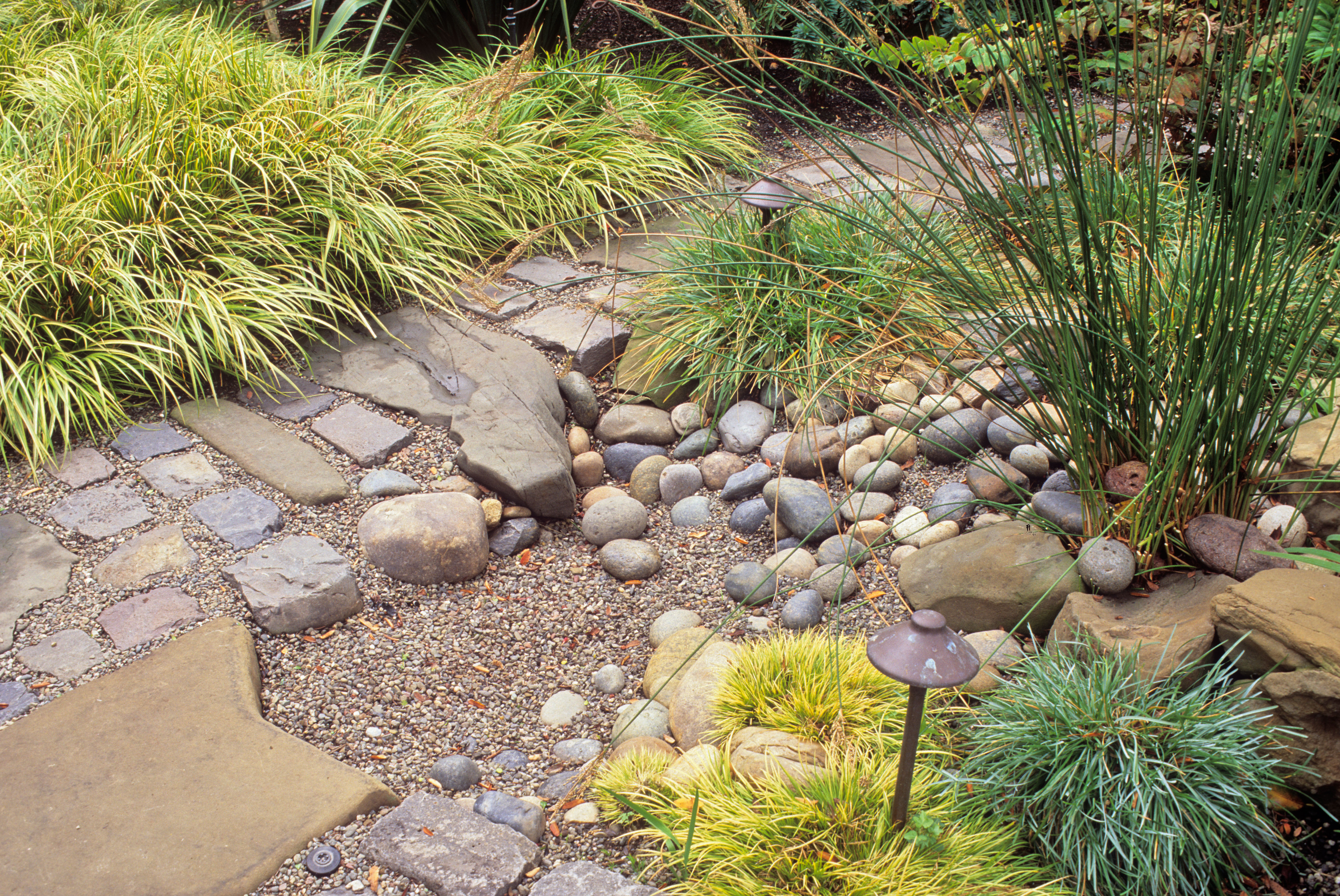

For some of us, summer means weeks of cloudless blue skies and blazing sunshine. For others, it means rain - and lots of it. With our changing climate, unsettled weather patterns have become a problem for many. Add in growing urbanization, and flash flooding and waterlogged lawns become all too common. If that sounds like a familiar problem, a rain garden could be the solution you need.
This clever landscaping idea uses a depressed area of your backyard to collect and filter rainwater which is then absorbed by the soil to help moisture-loving plants thrive. 'They're also an effective and visually pleasing solution to manage stormwater runoff and can significantly affect local water conservation efforts,' says Tony O'Neill gardening expert at Simplify Gardening.
Just as dry gardens have become a way for those of us in warmer climates to adapt our outdoor spaces, as are rain gardens. Besides living in the right environment, you'll want to know how to build one and which plants to incorporate for a flourishing one, and that's where we're on hand to help. These experts explain how to embrace the idea in your backyard.
What is a rain garden?
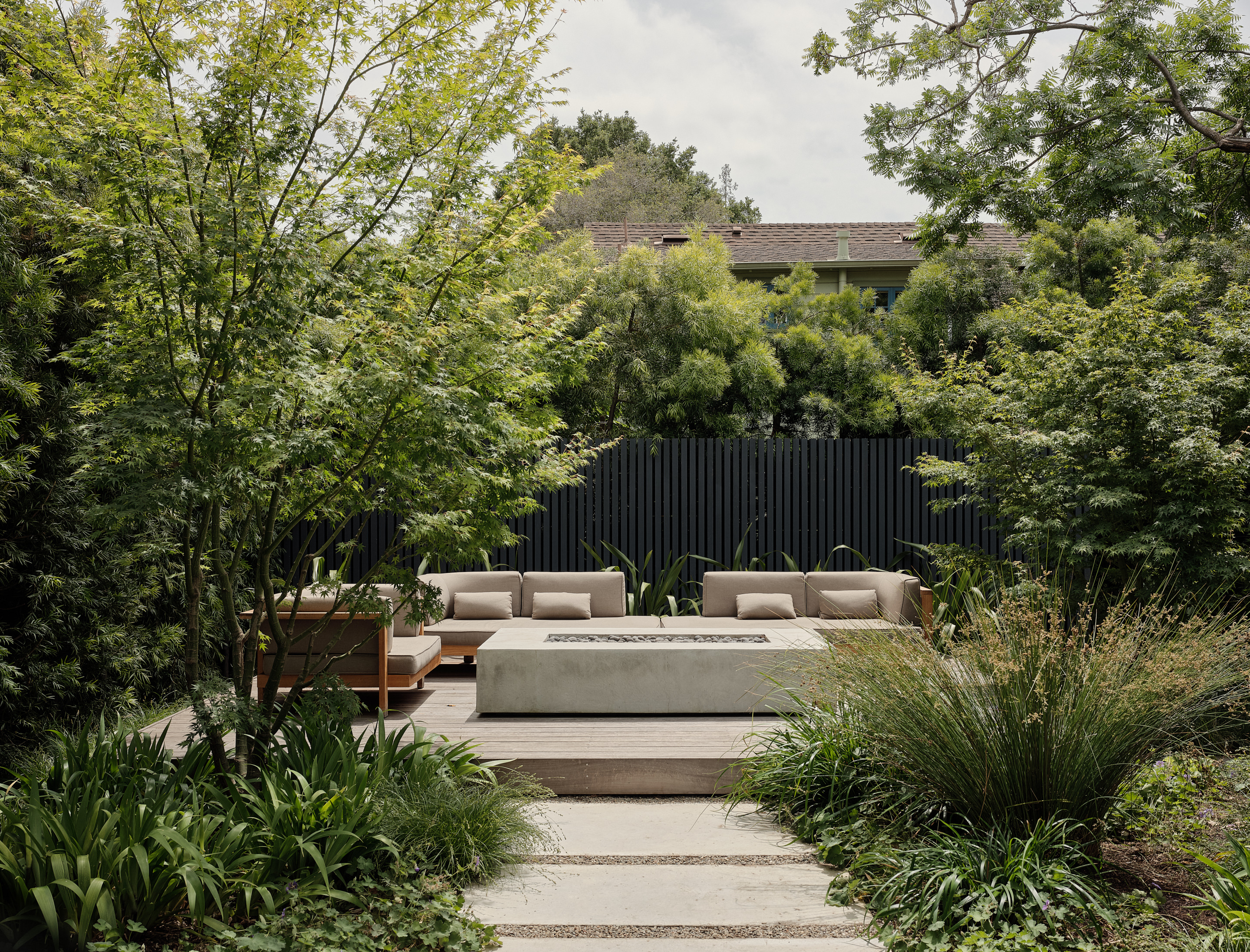
First things first, what actually is a rain garden, and how do they work? In short, a rain garden is an outdoor space that's been specifically designed to tolerate heavy rainfall and collect runoff, helping to alleviate problems related to waterlogged soil.
'They're essentially a plant-filled hollow designed to absorb rainwater runoff from areas such as roofs, driveways, or patios,' explains Tony O'Neill of Simplify Gardening. 'Its primary function is to mimic nature, allowing water to slowly soak into the ground instead of quickly running off into storm drains. This is accomplished by positioning the garden strategically, typically a naturally low-lying area of the yard, where water tends to collect.'
Sometimes rain gardens don't look much like a garden at all and instead more closely resemble a pond-like space, perhaps surrounded by a few grasses. In other cases, they're an oasis of water-loving perennials that offer a beautiful alternative to a flower bed. 'They typically employ deep-rooted native plants and sandy soil to effectively capture and absorb the water,' adds Diana Cox, blogger at The Gardening Talk.
What are the benefits of a rain garden?
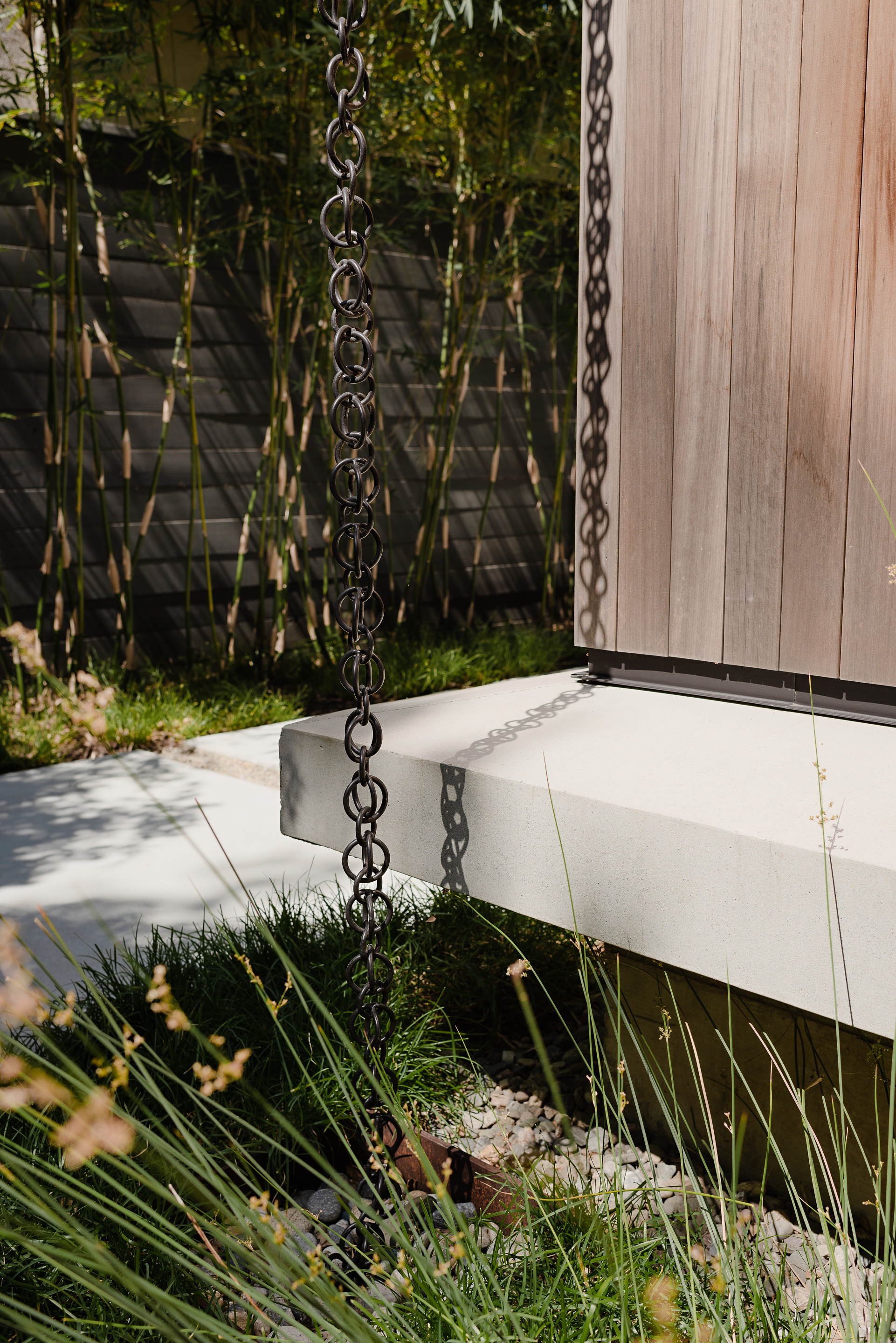
Besides helping your backyard withstand heavy rain, there are a myriad of ecological benefits that come with building a rain garden. First off, they're a great way to embrace wildlife gardening by offering a habitat to the likes of dragonflies, pond skippers, and other insects, as well as acting as a watering hole for small mammals.
'Not only do they provide a habitat for wildlife, but they also help to filter pollutants, reducing the number of harmful substances that reach our streams and rivers,' says Tony. 'By decreasing the amount of runoff, rain gardens can alleviate the pressure on municipal water systems during heavy rains, reducing the risk of flooding.'
'Besides adding to the aesthetic appeal with a variety of visually pleasing flowers and foliage, they're a low-maintenance garden idea,' says Diana. Unlike a standard lawn or flower bed, rain gardens require no mowing or pruning or, you guessed it, watering (unless, of course, you experience a prolonged dry spell). If you build one properly, the water reserves will be enough to keep your plants going through periods of drought anyway.
How do you build a rain garden?
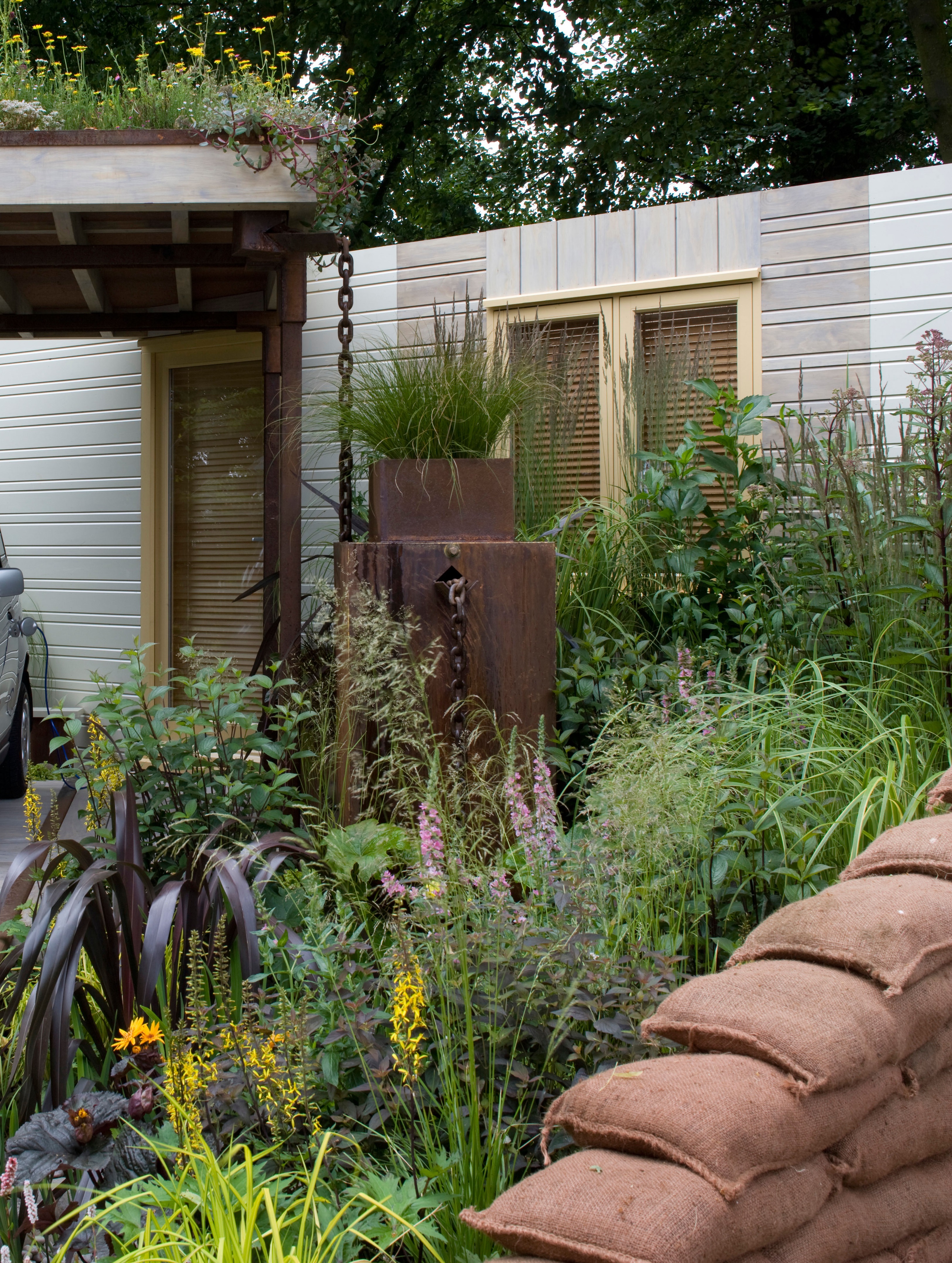
If you're keen to give rain gardening a go, be prepared to make a serious commitment. There's more to this practice than digging a slight hole and planting a few moisture-tolerant plants around it - you'll need to take the grade of your yard into account, the ground foundations, and the average rainfall in your area.
With that out of the way, you'll need to think strategically about where to place your modern garden idea. 'The key is to select a low-lying area that tends to collect water runoff anyway,' says Diana. 'Digging out the garden and incorporating berms (flat areas) around the edges will aid in water retention while sandy, loamy soil, will facilitate proper drainage.'
'You should also choose a location that's at least 10 feet away from your home to prevent water damage,' adds Tony. 'Then you want to dig a shallow, broad depression. Depending on the soil type and drainage rate, this area should be about 4-8 inches deep.'
Any deeper than this and your water won't have a chance to evaporate properly in between rainfall. If you want to incorporate a wider and deeper area, consider adding a stone ponding area or a gravel base. To help encourage the flow of water from your roof and gutters, you might want to consider adding a rain chain to your space, too.
What plants should you incorporate in a rain garden?
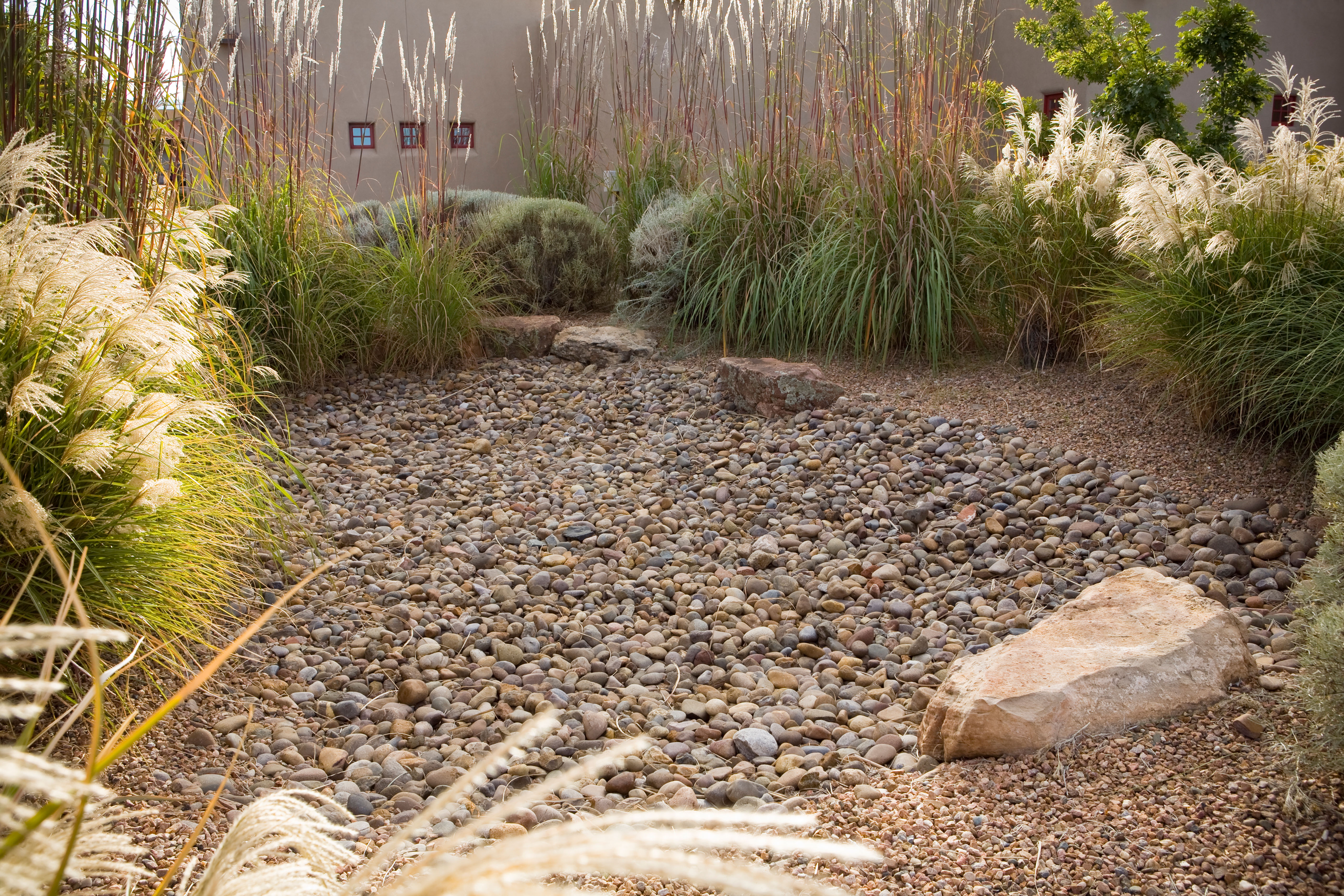
Last but not least, you'll need to choose the right plants for the job. It goes without saying, you should avoid plants that like full sun and heat, instead opting for deep-rooted plants that prefer damp soil. Here are some suggestions from Tony.
1. Swamp Milkweed
This perennial will tolerate wet conditions and lure pollinators with its attractive pink flowers. 'It's ideal for the lowest part of a rain garden where water tends to pool,' Tony says.
2. Blue Flag Iris - Irises are a popular option for ponds, and the same goes for your damp rain garden, too. 'This plant loves moist soils,' notes Tony. 'The beautiful blue-violet flowers of this iris species also add a dash of color.'
3. Joe Pye Weed - This plant will tolerate periods of drought as well as saturated soil, making it great for unpredictable climates. As Tony notes: 'It boasts tall, striking purple-pink flowers that are a magnet for butterflies.'
4. Red Osier Dogwood - 'Known for its striking red stems in winter, this hardy shrub enjoys damp soil and offers structure to any rain garden,' says Tony.
5. River Birch - If you have room for a tree in your rain garden, the River Birch is perfect for the job. 'Native to wetlands, this tree is known for its lovely peeling bark.'
Finally, Tony highlights that you'll need to be prepared to upkeep a rain garden. 'While they're relatively low-maintenance once established,' he says, 'the first couple of years may require some weeding, watering, and mulching until the plants mature enough to care for themselves'.
Ready to give one a try? It's the perfect summer project to prepare for the increased rainfall in the coming seasons, so give your garden something to thank you for.
The Livingetc newsletters are your inside source for what’s shaping interiors now - and what’s next. Discover trend forecasts, smart style ideas, and curated shopping inspiration that brings design to life. Subscribe today and stay ahead of the curve.

Lilith Hudson is a freelance writer and regular contributor to Livingetc. She holds an MA in Magazine Journalism from City, University of London, and has written for various titles including Homes & Gardens, House Beautiful, Advnture, the Saturday Times Magazine, Evening Standard, DJ Mag, Metro, and The Simple Things Magazine.
Prior to going freelance, Lilith was the News and Trends Editor at Livingetc. It was a role that helped her develop a keen eye for spotting all the latest micro-trends, interior hacks, and viral decor must-haves you need in your home. With a constant ear to the ground on the design scene, she's ahead of the curve when it comes to the latest color that's sweeping interiors or the hot new style to decorate our homes.

